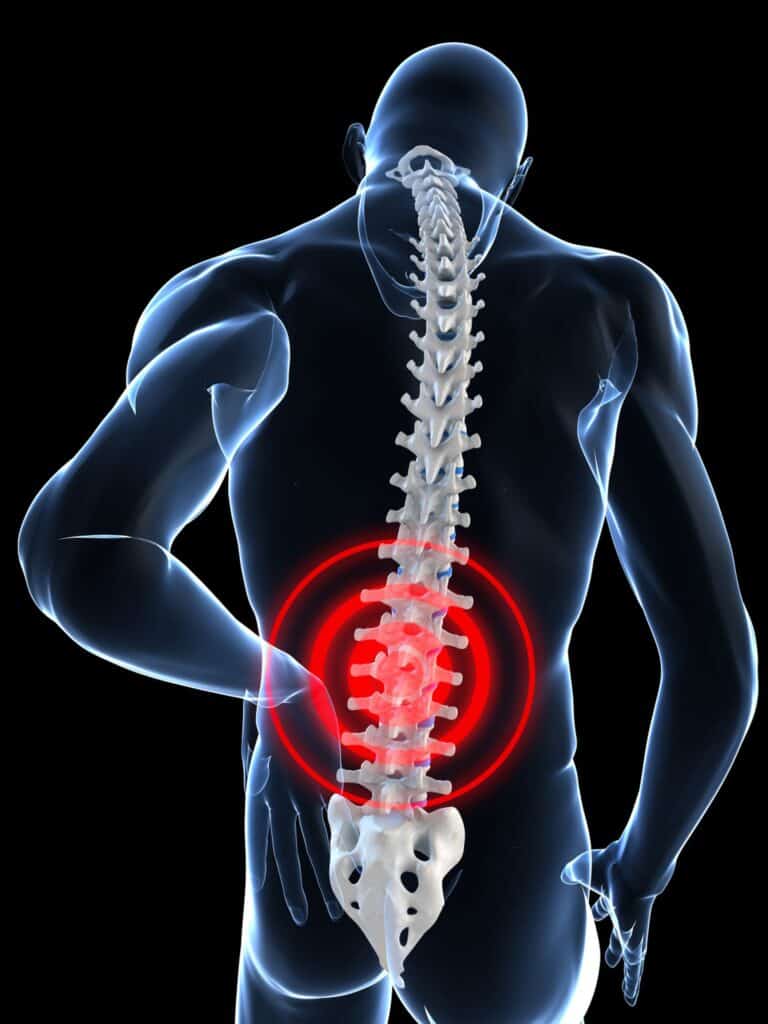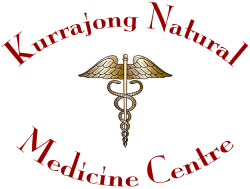Acute Low Back Pain: A Chinese Medicine Perspective
What is Acute Low Back Pain
Low back pain (LBP) is the leading contributor to years lived with disability. Non-specific LBP is defined as low back pain not attributable to a known cause and represents 90–95% of the cases of LBP [1].
There are many causes that can lead to pain in the lower back. They fall into two categories:
- Mechanical
- Non-Mechanical
Some possible causes of either mechanical or non-mechanical are:
- Muscle spasm (very tense muscles that remain contracted)
- Other medical conditions like fibromyalgia, kidney disease, etc.
- Disk rupture/herniation (can be in any disk/level of your spine)
- Small fractures to the spine due to osteoporosis
- Spinal stenosis (narrowing of the spinal canal)
- Spine curvatures (like scoliosis or kyphosis), which may be inherited and seen in children or teens
- Strain or tears to the muscles or ligaments supporting the back
- Infection of the spine (osteomyelitis, diskitis, abscess)
- Cancer that involves the spine
- An abnormal aortic aneurysm that is leaking
- Arthritis conditions, such as osteoarthritis, psoriatic arthritis, and rheumatoid arthritis
- Kidney infection or kidney stones
- Problems related to pregnancy
- Medical conditions that affect the female reproductive organs, including endometriosis, ovarian cysts, ovarian cancer, or uterine fibroids
- Testicular torsion (twisted testicle).

Symptoms of Acute Low Back Pain (LBP)
According to the Mayo Clinic [2] acute LBP can vary widely, from a mild ache to a sharp, burning sensation or excruciating pain. Sometimes it can feel like a jolt or electric shock. It can be worse when you cough or sneeze, and prolonged sitting can aggravate symptoms. Usually only one side of the body is affected.
Some people also have numbness, tingling or muscle weakness in the affected leg or foot. There might be pain in one part of the leg and numbness in another part [2].
How Does Traditional Chinese Medicine (TCM) View Acute Low Back Pain
LBP and sciatica can be discussed together as they share similar aetiology, pathology and treatment [3]. In China, sciatica is a primary cause for hospitalisation and acupuncture is commonly used for managing neuralgia pain. It is reported to be effective in treating many types of musculoskeletal pain including lower back pain, fibromyalgia, osteoarthritis and sciatica [4]. Lee et al. showed Acupuncture to be at least as effective as standard pharmaceutical medication [5].
Traditional Chinese Medicine (TCM) theory views any pain as ‘obstruction’; typically, obstruction of Qi (body’s vital energy or bio-electricity) and Xue (Blood) in the channels and collaterals of the body. When blockage occurs due to a mechanical cause, qi and blood become blocked and this blockage is the sore of pain.
There are also organic pathologies (non-mechanical) that can cause pain, such as kidney disease, cancer, etc. Non-mechanical causes of acute low back pain are different according to disease patterns in TCM.
Causes of acute low back pain include:
- Invasion of Cold Dampness
- Kidney deficiency
- Liver-Qi stagnation
- Damp Heat invading the back channels
- Cold Dampness invading the back channels
- Stagnation of Qi and Blood
Each of these patterns will present differently, however, all will have an element of low back pain.
At Kurrajong Natural Medicine Centre our highly qualified and experienced practitioners will identify the specific pattern or patterns that are the root cause of the pain and develop a treatment program specifically designed for you.
Simply call (02) 4573 0784
What You Can Do to Help Yourself
You may download the “10-Self-Help Guide to Reduce Back Pain and Increase Your Enjoyment of Life by Dr Danny T. Siegenthaler (Traditional Chinese Medicine Practitioner)” HERE
In addition you can also consider using some of the following to help alleviate your symptoms. Here are some suggestions:
Stay active: Bed rest for extended periods is generally not recommended for most cases of low back pain. It’s important to stay active and continue with your daily activities as much as possible. Gentle exercises, such as walking or swimming, can help improve blood flow, flexibility, and strengthen the muscles supporting your back.
Apply heat or cold packs: Applying a hot or cold pack to the affected area can provide temporary relief. Use a heating pad, warm towel, or hot water bottle for heat therapy, or try an ice pack wrapped in a thin towel for cold therapy. Apply heat or cold for about 15-20 minutes at a time, several times a day.
Practice good posture: Maintaining good posture is crucial to prevent worsening of low back pain. When sitting, make sure your back is properly supported with a chair that has good lumbar support. When standing, keep your shoulders back, abdomen pulled in, and avoid slouching.
Use over-the-counter pain medications: Nonsteroidal anti-inflammatory drugs (NSAIDs), such as ibuprofen or naproxen, can help reduce pain and inflammation. Follow the recommended dosage instructions and consult with a healthcare professional if you have any concerns or if the pain persists.
Try gentle stretching exercises: Stretching exercises can help relieve tension in the muscles of the lower back. Consider incorporating exercises that target the hamstrings, hip flexors, and lower back muscles. However, it’s essential to perform these exercises gently and without causing further pain. If any exercise exacerbates your pain, discontinue it and consult a healthcare professional.
Practice relaxation techniques: Stress and tension can contribute to back pain. Engaging in relaxation techniques, such as deep breathing exercises, meditation, or gentle yoga, can help relax the muscles and reduce pain.
Use ergonomic aids: If your job involves sitting for long periods, consider using ergonomic aids like lumbar support cushions or an adjustable standing desk to improve your posture and support your back.
Maintain a healthy weight: Excess weight can strain the lower back and contribute to pain. If you’re overweight, gradual weight loss through a balanced diet and regular exercise can help reduce the strain on your back.
Sleep in a supportive position: Use a mattress and pillow that provide adequate support for your back. Sleeping on your side with a pillow between your knees can help maintain proper spinal alignment.
References
- Oliveira, C. B., Maher, C. G., Pinto, R. Z., Traeger, A. C., Lin, C. C., Chenot, J. F., van Tulder, M., & Koes, B. W. (2018). Clinical practice guidelines for the management of non-specific low back pain in primary care: an updated overview. European spine journal : official publication of the European Spine Society, the European Spinal Deformity Society, and the European Section of the Cervical Spine Research Society, 27(11), 2791–2803. https://doi.org/10.1007/s00586-018-5673-2
- Mayo Clinic (2021) Sciatica. URL:https://www.mayoclinic.org/diseases-conditions/sciatica/symptoms-causes/syc-20377435 last visited 05 Jul. 2021
- Marciocia, G. (1994) The Practice of Chinese Medicine: The Treatment of Disease with Acupuncture and Chinese Herbs, Edinburgh: Elsevier Churchill Livingstone.
- Qin Z, Liu X, Yao Q, et al. (2015) Acupuncture for treating sciatica: a systematic review protocol. BMJ Open;5:e007498. doi: 10.1136/bmjopen-2014-007498
- Lee, J. H., Choi, T. Y., Lee, M. S., Lee, H., Shin, B. C., & Lee, H. (2013). Acupuncture for acute low back pain: a systematic review. The Clinical journal of pain, 29(2), 172–185. https://doi.org/10.1097/AJP.0b013e31824909f9



